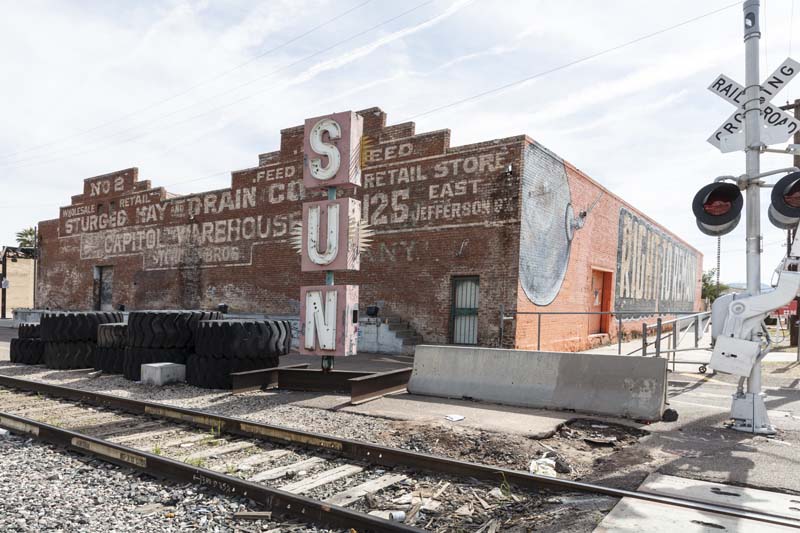-
Membership
Membership
Anyone with an interest in the history of the built environment is welcome to join the Society of Architectural Historians -
Conferences
Conferences
SAH Annual International Conferences bring members together for scholarly exchange and networking -
Publications
Publications
Through print and digital publications, SAH documents the history of the built environment and disseminates scholarshipLatest Issue:

-
Programs
Programs
SAH promotes meaningful engagement with the history of the built environment through its programsMember Programs
-
Jobs & Opportunities
Jobs & Opportunities
SAH provides resources, fellowships, and grants to help further your career and professional life -
Support
Support
We invite you to support the educational mission of SAH by making a gift, becoming a member, or volunteering -
About
About
SAH promotes the study, interpretation, and conservation of the built environment worldwide for the benefit of all
SAH Archipedia Highlights: Asian American and Pacific Islander Heritage Month
May 11, 2022
by
Catherine Boland Erkkila, SAH Archipedia/BUS Managing Editor
In honor of Asian American and Pacific Islander Heritage Month, this selection of SAH Archipedia entries highlights some contributions of these communities to the architecture and urban environments of the United States. You are also welcome to explore the Hawaii content on SAH Archipedia, originally published in Don J. Hibbard’s Buildings of Hawaii (2011).
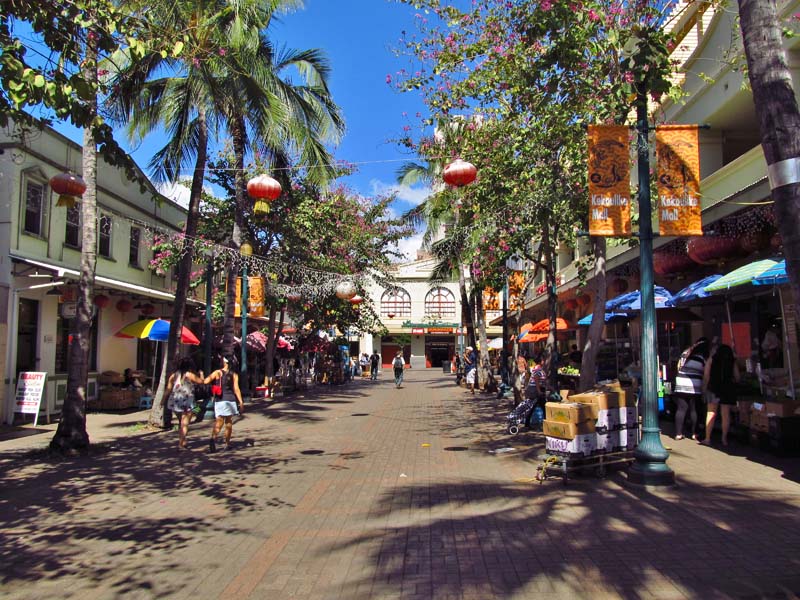
Chinatown | SAH ARCHIPEDIA (sah-archipedia.org)
Photograph by Jasperdo, CC BY-NC-ND 2.0
From at least the 1860s, the area fronting Honolulu Harbor bounded by the Nuuanu stream and Nuuanu Avenue has been referred to as Chinatown, although many ethnic groups have found shelter and work here. Encompassing approximately thirty-six acres, this portion of the city has been an economic, social, and cultural gateway for immigrant groups to establish themselves within Hawaii, beginning with Chinese in the 1840s, and continuing into the present with immigrants from Southeast Asia. READ MORE
Phoenix Warehouse District | SAH ARCHIPEDIA (sah-archipedia.org)
Photograph by Carol M. Highsmith
Phoenix’s Chinatown, established by Chinese immigrants working on the railroad in the 1870s and 1880s, was located within the Warehouse District. Its residents, in addition to providing railroad labor, also offered laundry services, sold vegetables and fruits, and worked as domestic servants. The neighborhood was originally located between Adams and First streets, but due to local opposition and discrimination, Chinese occupants were pushed further south between First and Third and Madison and Jackson streets. This second Chinatown flourished until the 1940s, when larger corporations began buying out the Chinese businesses, and Chinese residents scattered throughout the city following World War II. READ MORE
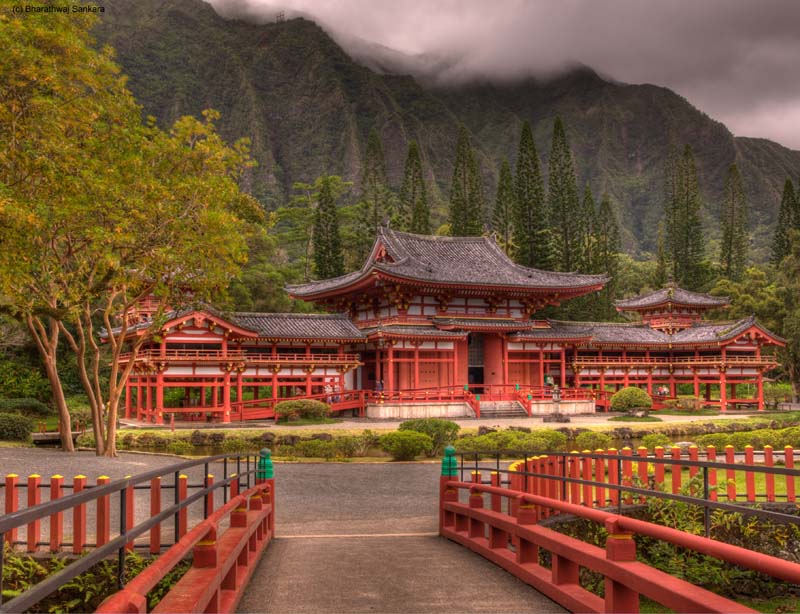
Byodo-In Temple | SAH ARCHIPEDIA (sah-archipedia.org)
Photograph by Shubhika Bharathwaj, CC BY-NC-NC 2.0
Tucked into a verdant valley at the foot of the Koolau Mountains in Oahu, a reinforced-concrete replica of Japan's nine-hundred-year-old Byodo-In Temple serenely presides over a two-acre reflecting pond and encircling Japanese gardens. READ MORE
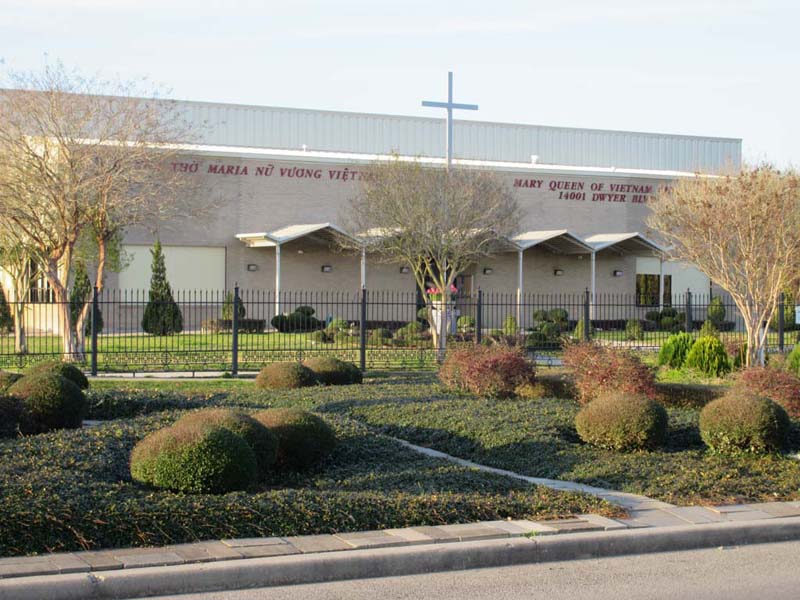
Mary Queen of Vietnam Church | SAH ARCHIPEDIA (sah-archipedia.org)
Photograph by Karen Kingsley
In 1975, following the fall of Saigon when many South Vietnamese refugees came to the United States, New Orleans was one of the cities where they put down roots. Mary Queen of Vietnam Parish was established in 1983, the first in the nation for a Vietnamese congregation, and this modernist church was consecrated in 1986. READ MORE
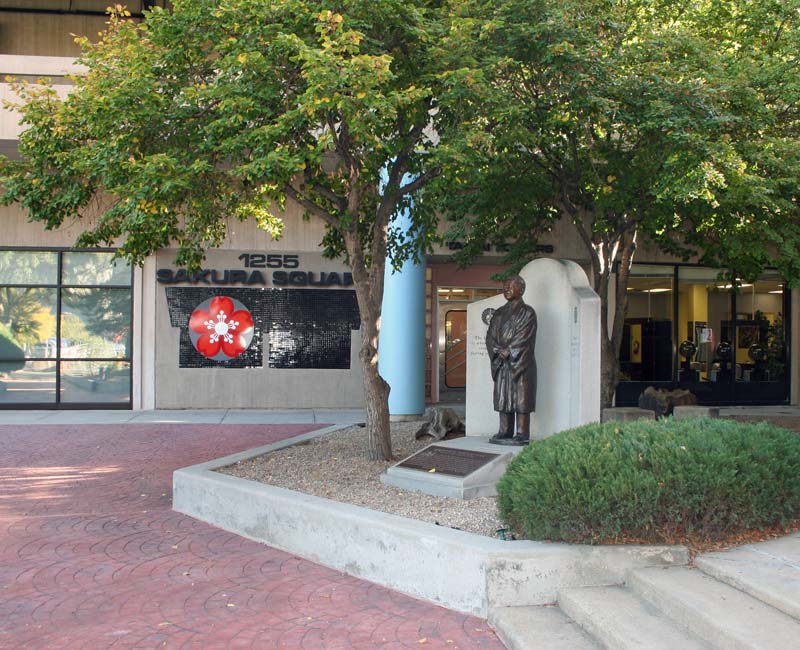
Sakura Square | SAH ARCHIPEDIA (sah-archipedia.org)
Photograph by Jeffrey Beall, CC BY-SA 3.0
After the Denver Urban Renewal Authority razed the area known as Japan Town, a Buddhist temple bought back its square-block site and hired Bertram Bruton, a Denver African American architect, to design a tower for subsidized housing and a shopping complex.
Bruton also revamped the exterior of the existing Tri-State Buddhist Temple (1949), 1947 Lawrence Street, to make it compatible with the new full-block development, a center for Denver's Japanese community. READ MORE


